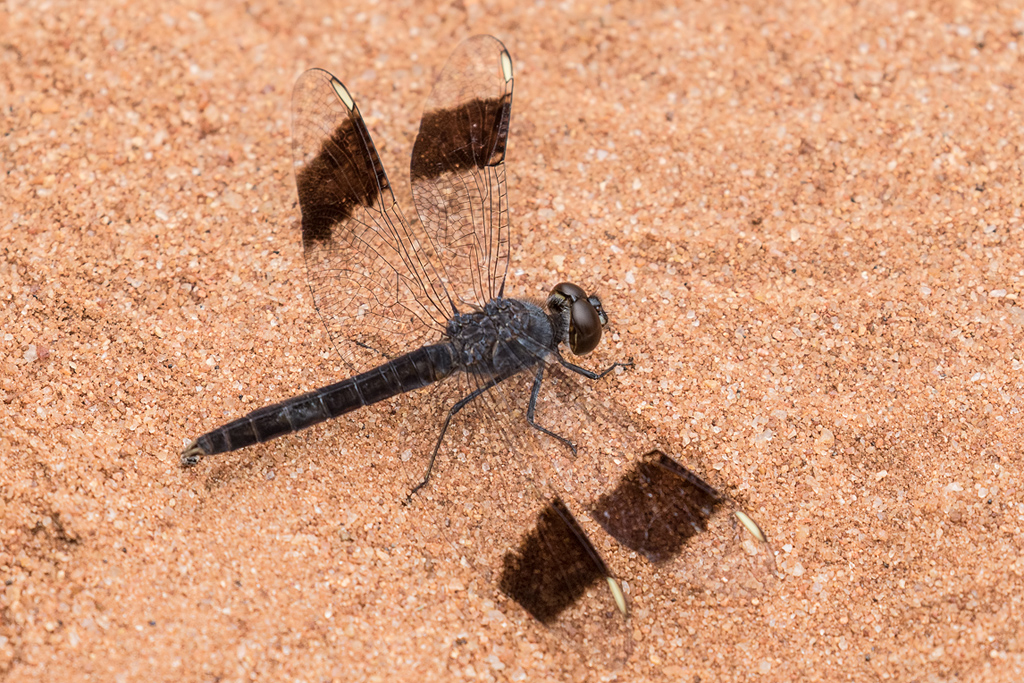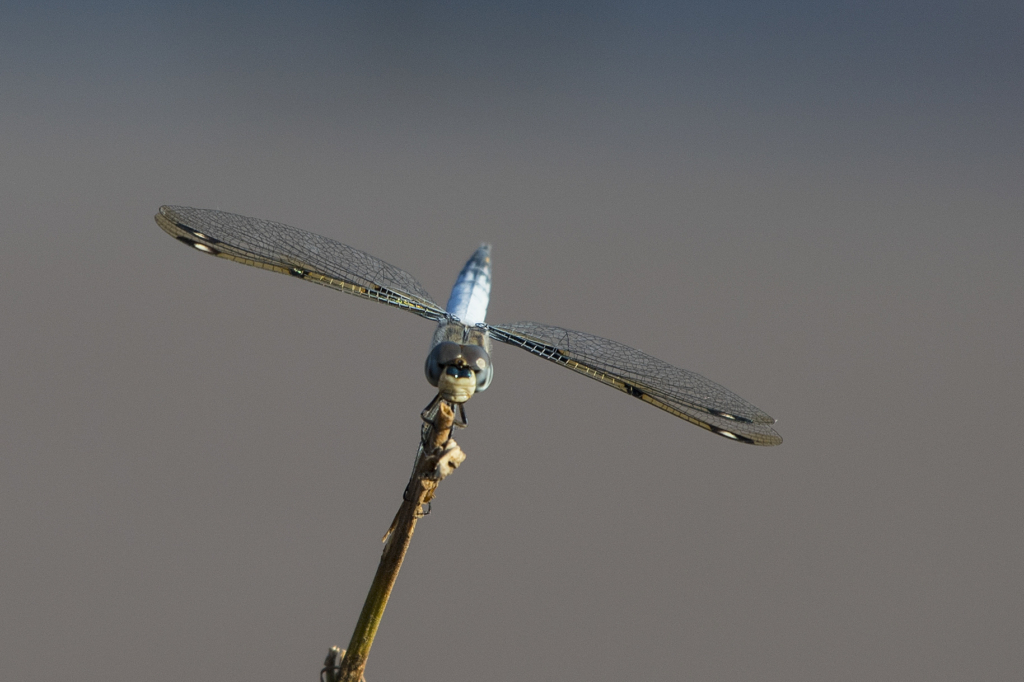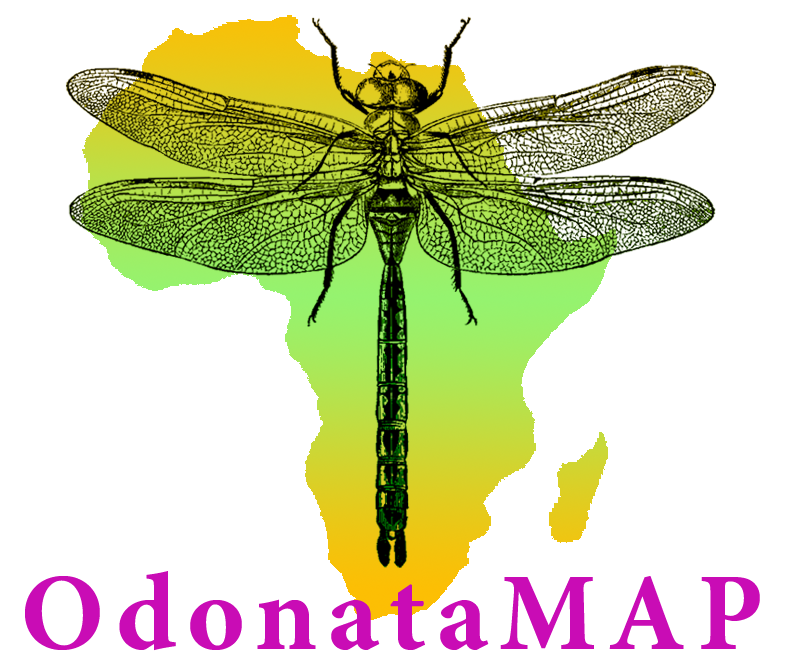Orange-winged Dropwing (Trithemis kirbyi) Photo: Katharina Reddig
Dragons do exist, and they’ve been around for over 300 million years! They might not breathe fire, but they do have six legs, four wings, and extremely keen eyesight. These mini dragons are carnivorous insects known as Dragonflies (Anisoptera) and damselflies (Zygoptera), belonging to the Order Odonata. In general, dragonflies are larger than damselflies, and perch with their wings held out to the sides; whereas damselflies have slender bodies and fold their wings over their body when at rest. These beautiful insects are also important monitors of water quality. They are sensitive to environmental change and play key roles in both terrestrial and aquatic habitats. They are predators as both nymphs and adults, feeding on a variety of prey including nuisance species such as mosquitoes and biting flies. Spending most of their lives underwater in rivers, streams, ponds, and lakes, their presence in aquatic environments is an excellent measure of water quality as they require clean water to thrive.

Southern Banded Groundling (Brachythemis leucosticta) Photo: Gregg Darling
In their aquatic larval/nymph stage, which can last up to two years, they prey on just about anything — tadpoles, mosquitoes, fish fry, other insect larvae and even each other. Dragonflies and damselflies are expert fliers. They can fly straight up and down, hover like a helicopter and even mate mid-air! There are few species in the animal kingdom that can match the Odonata for spectacular flying ability. Dragonflies have two sets of wings with muscles in the thorax that can work each wing independently. This allows them to change the angle of each wing and practice superior agility in the air. Dragonflies and damselflies are great helpers when it comes to mosquito control. A single dragonfly can eat hundreds of mosquitoes per day. It surely pays to keep these natural helpers around and thriving.

Palpopleura deceptor — Deceptive Widow. Photo: © Kirstin Scholtz
So how can you help to protect these amazing little dragons? Water is a scarce and valuable resource in southern Africa. With the recent droughts, this has become even more evident. We need to protect southern Africa’s water resources and manage them carefully for the benefit of people and wildlife. The Animal Demography Unit (ADU) at the University of Cape Town has the resources to help in this regard. One of the goals of the ADU is to promote an appreciation of nature and biodiversity conservation throughout Africa. We provide platforms for members of the public to contribute to biodiversity conservation projects (Citizen Science Projects) by taking photographs of animals and plants in the wild and submitting them to our Virtual Museum (http://vmus.adu.org.za/). These very important records help us to understand the distributions of species in Africa, how they are being impacted by humans, urbanization, and development, and what conservation actions are needed to protect Africa’s precious biodiversity.
The ADU has produced some of the most important and influential publications for the conservation of birds, frogs, reptiles, butterflies and other animals in the southern African region. Our portfolio of projects is growing, and we would like to extend the reach of these projects to as many people as possible.

OdonataMAP, a project funded by the JRS Biodiversity Foundation is the Atlas of African Dragonflies and Damselflies. We have a vast resource available for all to use and we would love to collaborate with anyone in helping to protect and monitor South Africa (and Africa’s) water resources. For more information and to see how you can contribute, please visit http://vmus.adu.org.za as well as http://addo.adu.org.za. You can also contact me at meg.loftie.eaton@gmail.com should you have any questions.
And remember, we can (and should) all do our part to make our gardens and urban areas more wildlife friendly. Our wild neighbours have to continually adapt to the fluctuating conditions of our urban landscapes, but we humans too can make decisions to live more consciously so that we have minimal impact on their lives. Together we can strive to live in harmony with nature and its incredible biodiversity. Plant indigenous plants, create natural ponds, avoid using poisons, put up owl boxes and bee hotels — — these are just a few simple things that we can all do to help our wild neighbours.
